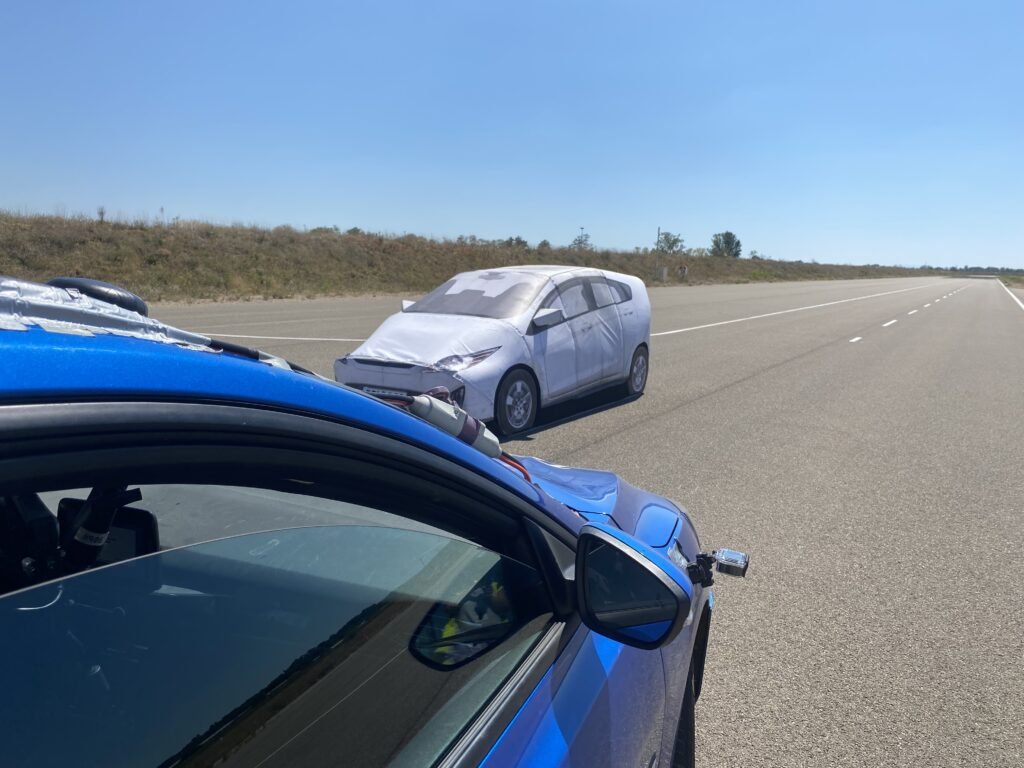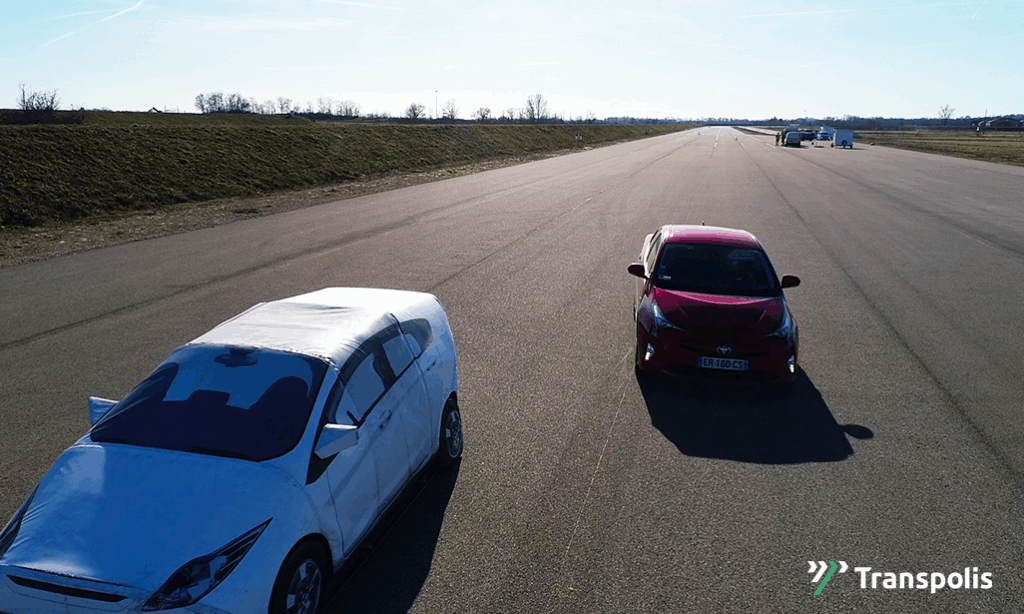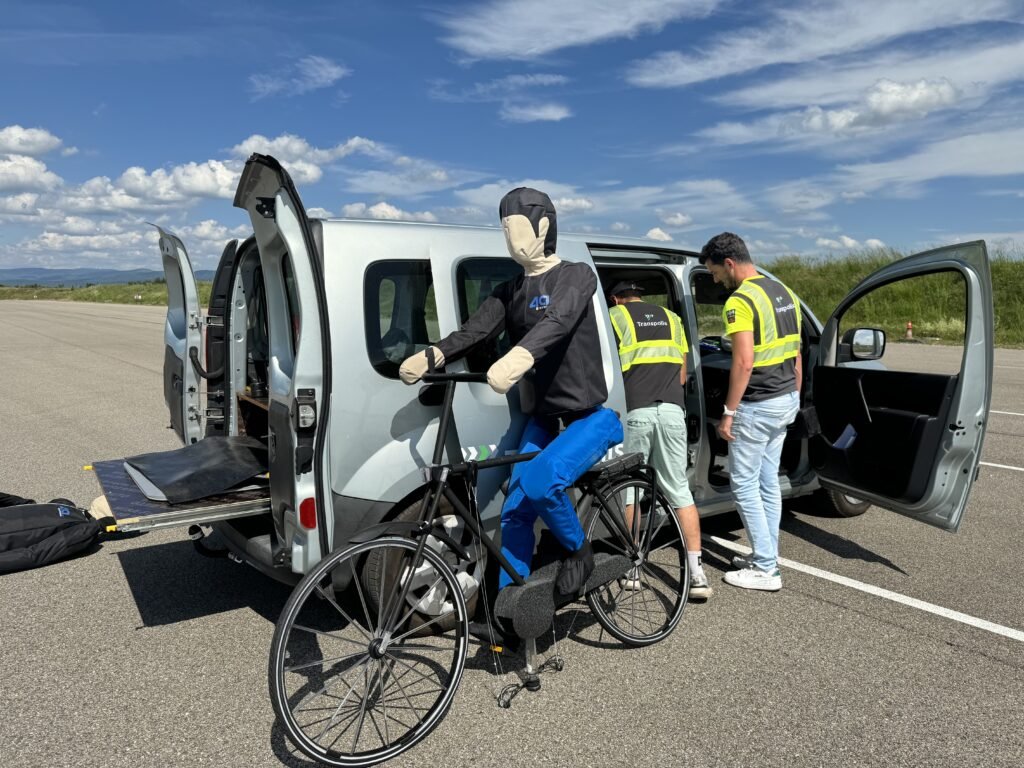Before hitting the road, every utility vehicle, truck, bus, or foreign vehicle must be homologated. The homologation of passenger cars, vans, trucks, and two-wheelers is a regulatory requirement in France and across Europe, overseen by organizations such as the CNRV (National Vehicle Reception Center) and governed by UNECE regulations.
In other words: without homologation, there’s no road, no market.
A mandatory step
Homologation is not optional: it is a legal and regulatory requirement. Any vehicle intended to circulate on public roads must demonstrate compliance with the standards imposed by national and European authorities.This step ensures the safety of passengers, drivers, and all other road users (pedestrians, cyclists, motorcyclists). It also guarantees that all manufacturers respect the same criteria, thereby harmonizing technical requirements and avoiding discrepancies between countries or manufacturers.
In practice, homologation acts as a seal of trust.
What is vehicle homologation?
Vehicle homologation is the official validation of compliance with regulations and protocols established by national and European authorities.
In concrete terms, it involves a series of technical, administrative, and environmental tests to verify that the vehicle is safe for its occupants as well as for other road users.
Several approaches exist:

European Homologation (EC/ECE)
Based on international regulations from the UNECE (United Nations Economic Commission for Europe). In France, this homologation is centralized by the CNRV (National Vehicle Reception Center).
The advantage? Once obtained, this homologation is valid across all EU countries, without the need to repeat the process.
National Homologation
Granted by government services (DREAL / CNRV, DRIEE, or DEAL). It applies in specific cases, such as:
a vehicle imported from outside Europe,
significant technical modifications (e.g., modification of gross vehicle weight rating),
a unique or very small series vehicle.
Worldwide, procedures differ: self-certification in the United States and Canada, local homologation in Australia, China, or the Middle East.
Who is involved in the homologation process ?
Several stakeholders are involved in homologation:
The Ministry of Transport: defines regulations and oversees procedures.
Regional administrative services (DREAL, DRIEE, DEAL): review applications and issue individual vehicle approvals. The CNRV is the French administrative body responsible for vehicle homologation.
The Technical Service: an independent organization, appointed by the CNRV, responsible for conducting regulatory tests and providing technical reports.

Why is homologation essential?
Homologation is a mandatory step for any manufacturer or importer wishing to place a vehicle on the market.
It guarantees:
compliance with safety and quality standards,
conformity with environmental requirements,
free circulation and commercialization of the vehicle within Europe.
It applies to all vehicle types:
passenger cars (ICE, hybrid, electric),
light and heavy commercial vehicles,
trucks,
buses and coaches,
powered two-wheelers and agricultural vehicles,
automated vehicles and new mobility solutions.
Without this validation, a vehicle remains a prototype and can never be registered or sold.
Steps of vehicle homologation
- Design and Prototype
Once developed, the prototype undergoes a series of regulatory tests. - Technical Tests
Covering multiple aspects: passenger safety, braking, pollutant emissions, ADAS systems, batteries, etc. - Technical File
The manufacturer must provide detailed documentation describing the vehicle and proving compliance. - Production Conformity
Homologation does not stop at the prototype: it must be proven that serial production will consistently meet the same standards. - Report and Certificate
The Technical Service submits its conclusions to the CNRV, which is the only body authorized to issue the official homologation certificate. This document allows market entry and vehicle registration.
What is the role of the state’s technical service in homologation?
The Technical Service plays a central role as a trusted intermediary between the State and the manufacturer.
Its missions:
perform regulatory tests,
verify compliance of tested systems,
provide a detailed report to the CNRV.
⚠️ Note: The Technical Service does not issue the certificate. Only the CNRV, as the national authority, can officially homologate a vehicle.
Focus on Transpolis
Since 2023, Transpolis has been officially recognized as a Technical Service by the French State.
Its laboratory is COFRAC ISO 17025 accredited,
It operates unique test tracks in Europe,
It is authorized to perform homologation tests under UNECE and EU regulations.
Transpolis is authorized to perform homologation tests for:
- UNECE : R39, R89, R130, R131, R151, R152, R159
- (UE) 2021/1958 , (UE) 2021/646

Transpolis Expertise
Having a vehicle homologated is not a simple administrative formality: it is a strong commitment to safety, performance, and reliability.
By choosing Transpolis, manufacturers benefit from:
recognized impartiality as an official Technical Service,
personalized support from the design phase with regulatory audits,
unique testing resources (laboratories, full-scale tracks, state-of-the-art equipment),
flexibility and responsiveness tailored to automotive industry needs.
With Transpolis, you are guaranteed a compliant, homologated vehicle ready to enter the European and international markets.


